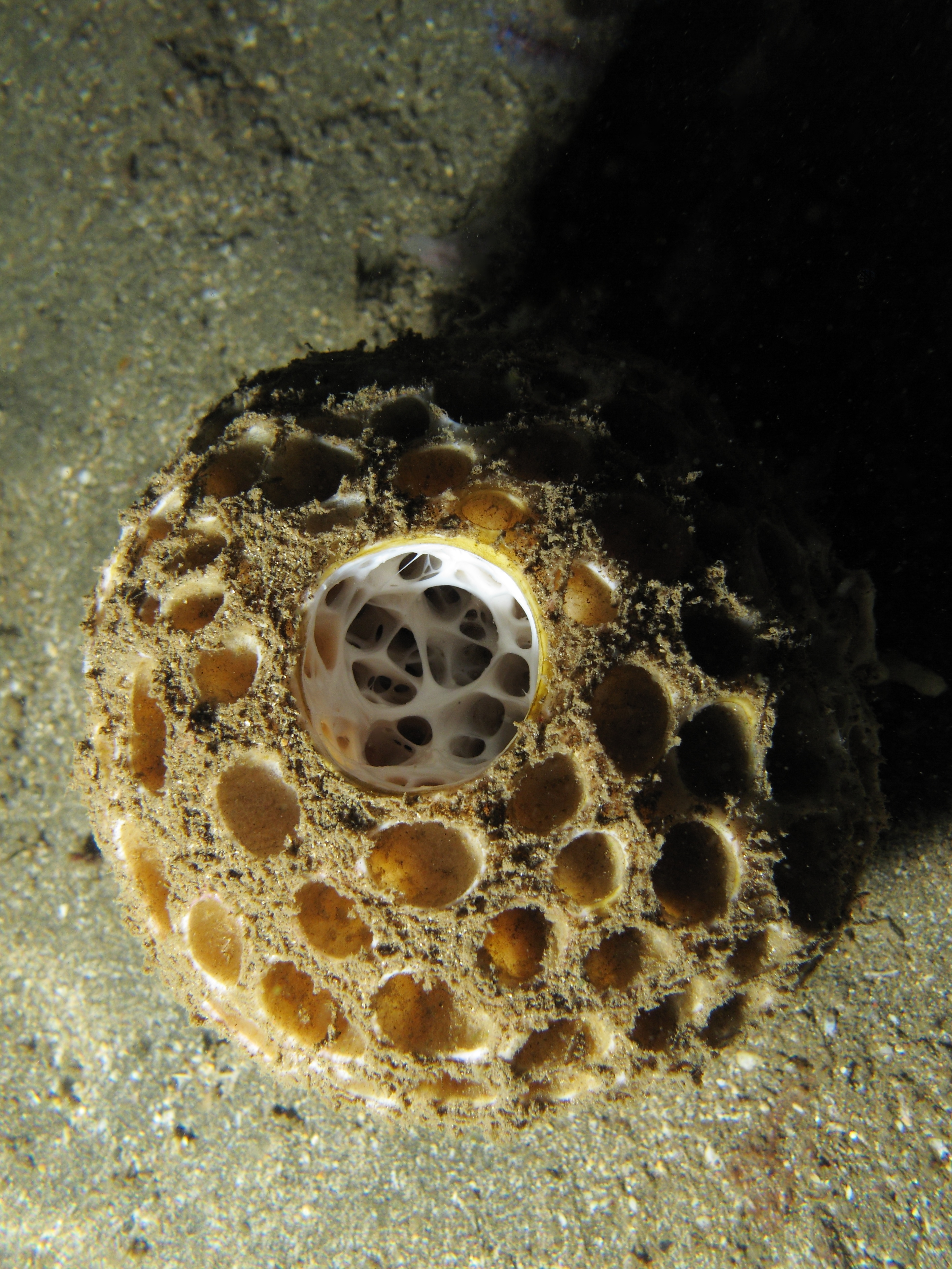Tetillidae on:
[Wikipedia]
[Google]
[Amazon]
Tetillidae is a family of marine
 * ''
* ''
Systema Porifera
Tetractinellida {{demosponge-stub
sponge
Sponges, the members of the phylum Porifera (; meaning 'pore bearer'), are a basal animal clade as a sister of the diploblasts. They are multicellular organisms that have bodies full of pores and channels allowing water to circulate throug ...
s.
Tetillids are more or less spherical sponges (sometimes referred to as golf ball sponges) which are found commonly in all marine habitats at all depths throughout the world. They are especially common in sediment
Sediment is a naturally occurring material that is broken down by processes of weathering and erosion, and is subsequently transported by the action of wind, water, or ice or by the force of gravity acting on the particles. For example, sa ...
ed habitats. Over a hundred species have been described in ten genera.
Reproduction
Reproduction in tetillids is quite varied, although free-swimminglarva
A larva (; plural larvae ) is a distinct juvenile form many animals undergo before metamorphosis into adults. Animals with indirect development such as insects, amphibians, or cnidarians typically have a larval phase of their life cycle.
...
e have not been seen in this group. In some species fertilized eggs
Humans and human ancestors have scavenged and eaten animal eggs for millions of years. Humans in Southeast Asia had domesticated chickens and harvested their eggs for food by 1,500 BCE. The most widely consumed eggs are those of fowl, especial ...
are released which settle directly onto the substrate and develop ''in situ
''In situ'' (; often not italicized in English) is a Latin phrase that translates literally to "on site" or "in position." It can mean "locally", "on site", "on the premises", or "in place" to describe where an event takes place and is used in ...
''. In other species the eggs develop within the body cavity of the adult sponge and are released as small adult sponges via localized breakdown of the pinacoderm The pinacoderm is the outermost layer of body cells (pinacocytes) of organisms of the phylum Porifera (sponges), equivalent to the epidermis in other animals.
Structure
The pinacoderm is composed of pinacocytes, flattened epithelial cells that can ...
.
Genera
Acanthotetilla
''Acanthotetilla'' is a genus of demosponges belonging to the family Tetillidae
Tetillidae is a family of marine sponges.
Tetillids are more or less spherical sponges (sometimes referred to as golf ball sponges) which are found commonly in all ...
'' Burton, 1959
* '' Amphitethya'' Lendenfeld, 1907
* '' Antarctotetilla'' Carella, Agell, Cárdenas & Uriz, 2016
* ''Cinachyra
''Cinachyra'' is a genus of sponge belonging to the family Tetillidae.
Species
There are four species recognized in the genus:
*''Cinachyra antarctica
''Cinachyra antarctica'' is a species of antarctic sponge
Sponges, the members of th ...
'' Sollas, 1886
* ''Cinachyrella
''Cinachyrella'' is a genus of marine sponges in the family Tetillidae
Tetillidae is a family of marine sponges.
Tetillids are more or less spherical sponges (sometimes referred to as golf ball sponges) which are found commonly in all marine ...
'' Wilson, 1925
* ''Craniella
''Craniella'' is a genus of marine sponges in the family Tetillidae
Tetillidae is a family of marine sponges.
Tetillids are more or less spherical sponges (sometimes referred to as golf ball sponges) which are found commonly in all marine habi ...
'' Schmidt, 1870
* '' Fangophilina'' Schmidt, 1880
* '' Levantiniella'' Carella, Agell, Cárdenas & Uriz, 2016
* '' Paratetilla'' Dendy, 1905
* '' Tetilla'' Schmidt, 1868
References
Systema Porifera
Tetractinellida {{demosponge-stub